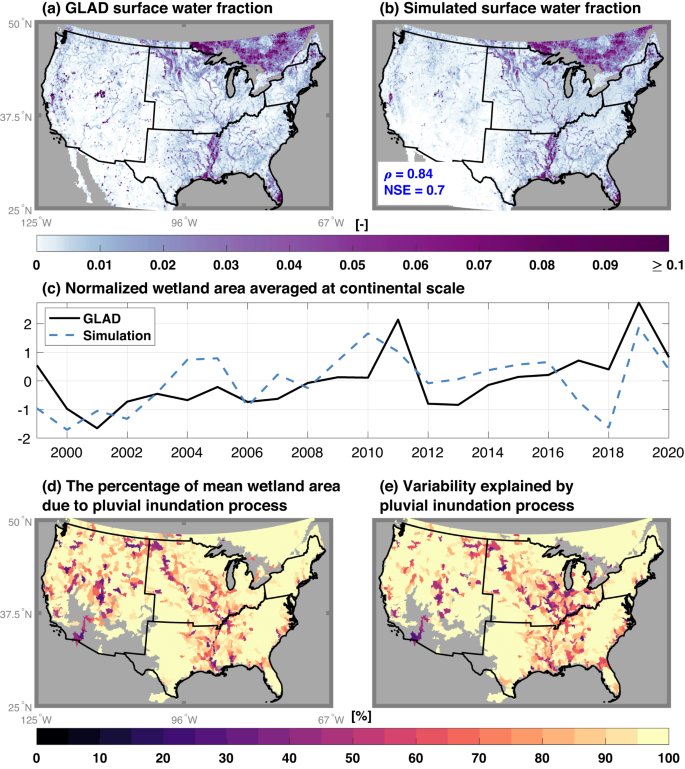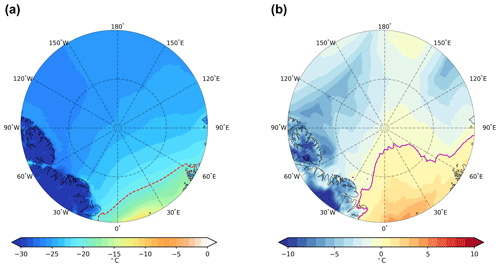2024-06-26 パシフィック・ノースウェスト国立研究所(PNNL)
<関連情報>
- https://www.pnnl.gov/publications/climate-change-will-disrupt-inland-wetlands-north-america
- https://www.nature.com/articles/s41467-024-45286-z
気候変動は北米の内陸湿地を減少させ、その季節的体制を破壊する Climate change will reduce North American inland wetland areas and disrupt their seasonal regimes
Donghui Xu,Gautam Bisht,Zeli Tan,Eva Sinha,Alan V. Di Vittorio,Tian Zhou,Valeriy Y. Ivanov & L. Ruby Leung
Nature Communications Published:18 March 2024
DOI:https://doi.org/10.1038/s41467-024-45286-z

Abstract
Climate change can alter wetland extent and function, but such impacts are perplexing. Here, changes in wetland characteristics over North America from 25° to 53° North are projected under two climate scenarios using a state-of-the-science Earth system model. At the continental scale, annual wetland area decreases by ~10% (6%-14%) under the high emission scenario, but spatiotemporal changes vary, reaching up to ±50%. As the dominant driver of these changes shifts from precipitation to temperature in the higher emission scenario, wetlands undergo substantial drying during summer season when biotic processes peak. The projected disruptions to wetland seasonality cycles imply further impacts on biodiversity in major wetland habitats of upper Mississippi, Southeast Canada, and the Everglades. Furthermore, wetlands are projected to significantly shrink in cold regions due to the increased infiltration as warmer temperature reduces soil ice. The large dependence of the projections on climate change scenarios underscores the importance of emission mitigation to sustaining wetland ecosystems in the future.



